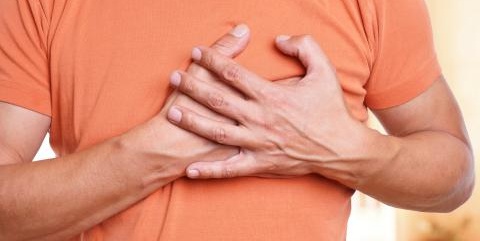Sternum Stabilization Prevents Pain
Experiencing pain after open heart surgery is unavoidable. Everyday activities such as getting dressed or getting in and out of a car become frustrating and exhausting. Not to mention these tasks put stress on the surgical wound site.
There are few options available to patients in the way of pain management. The first and most obvious are pain medications such as Oxycodone, Vicodin and Demerol. These types of medications are often used primarily for in-patient treatment. Once the patient is discharged, patients often have to rely on ibuprofen, Tylenol or Celebrex. These medications do come with side effects such as upset stomach, dizziness and ulcers to name a few.









